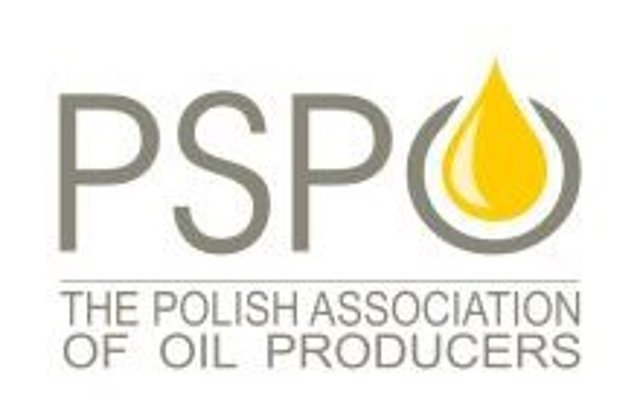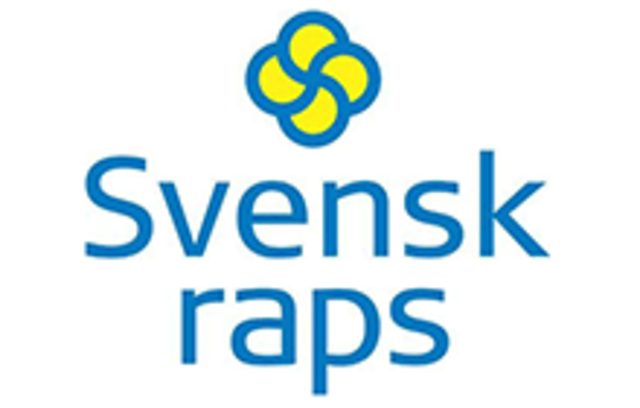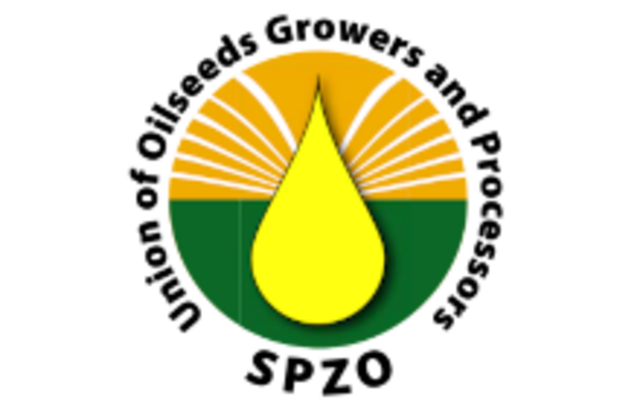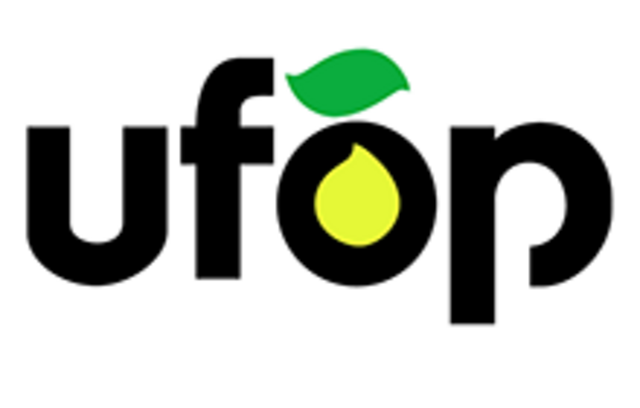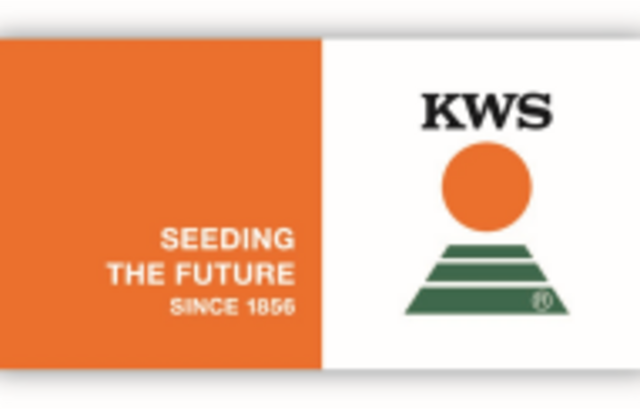Table of contents
Following communications were presented in the framework of the Technical Meeting, at ACW Changins, Switzerland, April 28-30, 2013
Economy
Recent developments of the EU biofuel policy - implications for domestic rapeseed demand (abstract). D. Bockey, Union zur Förderung von Oel- und Proteinpflanzen e.V. (UFOP), Berlin, Germany
Changes to the EU biofuel policy framework - potential consequences for the global oilseed and rapeseed markets (abstract). M. Boersch,Mercantile Consulting Venture Inc., Winnipeg, Manitoba, Canada
Farm economics of HOLL rapeseed in Northern Europe (abstract) A. Williams, Monsanto International SARL, Switzerland
Future potential for oilseed production in Russia (abstract) Y. Zimmer, S. Chetvertakov, Thünen Institute of Farm Economics, Braunschweig, Germany
Genetics and Breeding
An overview on breeding of winter oilseed rape varieties in Europe (abstract) Martin Frauen, Norddeutsche Pflanzenzucht H.-G. Lembke KG, Hohenlieth, Germany
Trends in canola breeding in Australia, a success story (abstract) Phil Salisbury, University of Melbourne, Australia
Canola (Brassica napus L.) breeding - research at the University of Alberta (abstract)
Habibur Rahman,University of Alberta, Edmonton, Canada
Breeding for yield stabilization in mustard (Brassica juncea) in India (abstract) Vibha Gupta, University of Delhi South Campus, New Delhi, India
Integrated genomic approaches to decipher quantitative partial resistances (abstract ) Régine Delourme,INRA UMR1349 IGEPP, Le Rheu, France
Advances in biotec- and marker- assisted breeding of oilseed rape (Brassica napus) (abstract) Wolfgang Friedt, Justus Liebig University Giessen, Giessen, Germany
Repeat polyploidization with a new nuclear partner genome can result in very significant genomic and morphological changes in Brassica digenomics (abstract) Surinder Banga, Punjab Agricultural University, Ludhiana, India
Posters :
Combined high level resistance to Sclerotinia sclerotiorum and Pseudo cercosporella capsellae in introgression lines derived from hybridization between Brassica carinata and B. napus (abstract) M.P. You, S.S. Banga, S.K. Banga, M.B. Uloth, N. Gunasinghe, P.M. Finnegan, P.A. Salisbury, M.J. Barbetti, Australia/India
Development of semi-RS doubled haploid lines of winter oilseed rape with zero erucic acid and low glucosinolates content (abstract) Teresa Cegielska-Taras, Laurencja Szala, Katarzyna Sosnowska, Wieslawa Poplawska, Agnieszka Dobrzycka, Joanna Wolko, Anna Olejnik, Krzysztof Michalski, Iwona Bartkowiak-Broda, Poland
First results on the susceptibility of different oilseed rape cultivars against Dark Leaf and Pod Spot (Alternaria brassicicola and A. brassicae) (abstract) I. Henneken, L. Agethen, V.H. Paul, Germany
Identification of QTLs for resistance to Sclerotinia stem rot and BnaC.IGMT5.a as a candidate gene of the major resistant QTL SRC6 in Brassica napus (abstract) Jian Wu, Guangqin Cai, Jiangyin Tu, Lixia Li, Sheng Liu, Xinping Luo, Lipeng Zhou, Chuchuan Fan, Yongming Zhou, China
Survey and pathogen identification of blackleg disease on oilseed rape in China (abstract) Qiangsheng Li, Baocheng Hu, Songbai Rong, Yingfen Jiang, Shumin Hou, Weixin Fei, Fengxiang Chen, Xinjie Wu, Zhixiong Fan, Weixia Lei, China
Towards identification of quantitative loci for sclerotinia resistance in Brassica napus germplasm and the underlying defence genes(abstract) L. Buchwaldt, F. Fu, S. Gyawali, D.D. Hegedus, I.A.P. Parkin, Canada
Genetic analysis of phenylpropanoid metabolites associated with resistance against Verticillium longisporum in Brassica napus (abstract) Christian Obermeier, Muhammed-Ali Hossain, Rod Snowdon, Andreas von Tiedemann, Wolfgang Friedt, Germany
Investigations of genetic determination and the quality of yellow-seeded rapeseed (abstract) Iwona Bartkowiak-Broda, Blazej Hernacki, Danuta Boros, Stefania Smulikowska, Jerzy Tys, Poland
Phytotechnics
Is oilseed rape mixed cropping an efficient solution to reduce nitrogen fertilization, weed population, and damage caused by insects? Nathalie Landé, CETIOM, Thiverval-Grignon, France
Promoting biodiversity in canola cropping systems, the Canadian prairies experience G. Sekulic, Canola Council of Canada, Grande Prairie, Alberta, Canada
Oilseed rape development in Argentina. Challenges and constraints, selection of adapted varieties and development of crop management practices L. Aguirrezabal,Universidad Nacional de Mar del Plata, Balcare, Argentina
Designing an integrated pest management strategy for pollen beetles in oilseed rape Sam Cook, Rothamsted Research, Har-penden, Hertfordshire, UK
A «Genome to Paddock» approach to controlling blackleg of canola Barbara Howlett, the University of Melbourne, Australia
Clubroot – A challenge for oilseed rape cultivation and resistance breeding Elke Diederichsen, Germany
Posters :
Is oilseed rape mixed cropping an efficient solution to reduce nitrogen fertilization, weed population, and damage caused by insects ? Nathalie Landé, Gilles Sauzet, Philippe Leterme, France
Variability of rapeseed oil quality among locations and years Prediction of oil composition in a climate change context Alice Baux, Switzerland
Innovative production technology for oilseed rape with very lowa-linolenic acid content Corinne Mugny, Alice Baux, Yves Grosjean, Judith Wirth, Didier Pellet, Switzerland
Comparison of the economic efficiency, growing hybrid and OP winter oilseed rape varieties Vítezslav Krcek, Petr Baranyk, Czech Republic
Comparison of the WOSR winter hardiness in the years 2010-2012 Petr Zehnálek, Petr Baranyk, Czech Republic
Effects of different fungicides against Dark Leaf and Pod Spot (Alternaria brassicicola and A. brassicae) in Oilseed rape in a detached pod test I. Henneken, L. Agethen, V.H. Paul, Germany
Effects of experimental warming on three economically important pathogens in oilseed rape M. Siebold, A. von Tiedemann, Germany (poster abstract)
Response of yield and oil fatty acid composition to the temperature and intercepted solar radiation of traditional and high oleic canola sown in Argentine. New findings of the behaviour of spring canola. Constanza Alberio, Natalia G. Izquierdo, Marcelo Cantarero, Luis A.N. Aguirrezábal, Argentina
Post flowering temperature as a main factor regulating canola (Brassica napus L.) yield and oil content. Early sowing of spring genotypes to maximize oil yield in the Southern Cone M. Pilar Vilariño, Déborah P. Rondanini, Daniel J. Miralles, Luis A.N. Aguirrezábal , Argentina
Yield determining factors for oilseed rape in the UK Simon P J Kightley, Stuart M Knight, Ian J Bingham, Ben Lang, Haidee L Philpott, UK
Determining an economic damage threshold for pollen beetles, Meligethes spp.
Thomas Steinger, Hans Ramseier, Switzerland
Analysis and Uses
Fate of rapeseed glucosinolates and trans-formation products thereof in digesta, the gastrointestinal tract and the monogastrics metabolism and xenobiotic system
J. C. Sørensen, University of Copenhagen, Copenhagen, Denmark
Rapeseed for pigs Hanne Maribo, Pig Research Centre, Copenhagen, Denmark (here : abstract)
Effect of rapeseed processing on protein quality of rapeseed meal in diets for pigs
R. Mosenthin, University of Hohenheim, Stuttgart, Germany
Structural organization of rapeseed oil bodies, a key for improving oil extraction ?
T. Chardot, INRA Versailles, France (here : presentation)
P.I.V.E.R.T: Development of an oil-based biorefinery J.F. Rous, Sofiproteol, Paris, France
Canola n-3 fatty acids in the inflammatory process of cardiovascular disease and meta-bolic syndrome Vera Mazurak, University of Alberta, Edmonton, Alberta, Canada
Posters :
Evaluation of methods for the determination of the residual oil content in rapeseed and other oilseeds meals and cakes Alain Quinsac, Patrick Carré, CETIOM, France (here : abstract)
Comparison of yellow seed trait and dehulling effects on the chemical composition and nutritional value of rapeseed meal QUINSAC Alain, AUGER Bathilde, CARRE Patrick, NESI Nathalie, PEYRONNET Corinne, RAKOW Gerhard, RELF-ECKSTEIN Jo-Anne, RENARD Michel, LESSIRE Michel, France/ Canada
Hydrogen and Synthesis Gas Production from Rapeseed Residue For Use in Solid Oxide Fuel Cells A. Sattar, UK





